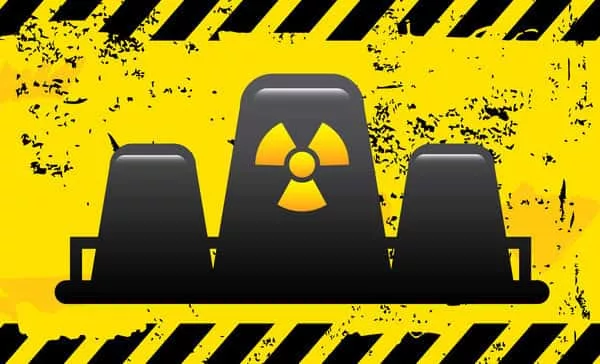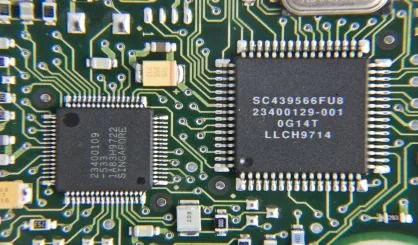A quarter of a billion dollars for a turbine replacement project that has been in the planning stages for more than five years will extend the normal refueling outage schedule launching tomorrow at Indiana Michigan Power Company's Cook Nuclear Plant Unit 2 in Bridgman. The utility giant will begin its 22nd refueling outage tomorrow at midnight, with a veritable army of contract workers descending on Michigan's Great Southwest to get the job done.
It's a regular refueling outage with a whole host of additional work to be accomplished this time around including replacement of the high-pressure turbine and all three low-pressure turbines as part of Cook's Life Cycle Management projects. It will result in a huge influx of workers taking up hotel and motel rooms, eating in local restaurants and shopping at local stores during the outage.
Power was reduced to 50-percent last evening (Sunday, October 2nd) for equipment testing prior to the outage. During the 18-month fuel cycle, the unit is projected to have generated 13.5-million megawatt hours of electricity at a capacity factor of 99.4-percent. Unit 2 has operated at effective full power for the last five fuel cycles dating back to May of 2009. Cook Unit 1, meanwhile, remains at 100-percent power during the outage.
In addition to refueling the reactor and performing regular maintenance and testing work, the outage will be extended due to the replacement of the main turbine and the inspection and replacement of baffle bolts, which support internal components of the reactor vessel. As is standard in the industry, the exact duration of the outage is considered proprietary information, however the outage is expected to be completed in the fourth quarter of the year.
The $250-million turbine replacement has been part of the strategic plan for more than five years now, and engineers were well aware that it would extend the duration of the outage. Cook's Life Cycle Management projects also include 117 upgrade and replacement projects as part of the 20-year operating license extension granted by the Nuclear Regulatory Commission in 2005.
AEP will also accelerate baffle bolt inspections previously planned for 2019, based on industry initiatives that commenced following the discovery of degraded baffle bolts at two plants this spring. Any degraded bolts will be replace and it's likely that additional bolts will be proactively replaced this outage.
Joel Gebbie is Senior Vice President and Chief Nuclear Officer for American Electric Power. He says, "Extension of this outage is the right thing for us to do at this time." He adds, "The new turbine will provide reliable generation for decades to come, and taking action now on the baffle bolt issue will begin the overall resolution of this important matter."
The baffle bolts hold the baffle plates in place which direct water flow through the fuel assemblies in the reactor. Similar bolt failures have occurred previously in the industry, and specialized repair tools and existing safety analyses are used to resolve the issue. The identified causes of the failed bolts were considered in the replacement bolt design and repair. Additional baffle bolt inspections and replacements, and a potential design change to minimize stress on baffle bolts, may also take place in subsequent outages for both Cook units.
Another of the Life Cycle Management projects during this outage is the replacement of two 40-ton safety-related heat exchangers. Other major projects include emergency power cable and battery replacements, pump and valve overhauls and improvements to the nuclear fuel handling equipment.
The outage is resulting in 2,500 contracted workers to supplement the regular 1,200 person plant staff leading up to and during the outage. About 500 of those workers will be dedicated to the turbine replacements alone. More than 15,500 maintenance, inspection and equipment modification job activities totaling nearly 400,000 work-hours are scheduled for two daily 12-hour work shifts during the outage.
At full capacity, the 1,030-net MW Unit 1 and 1,077-net MW Unit 2 combined produce enough electricity for more than one-and-a-half million average homes.
Indiana Michigan Power is a wholly owned subsidiary of American Electric Power.






